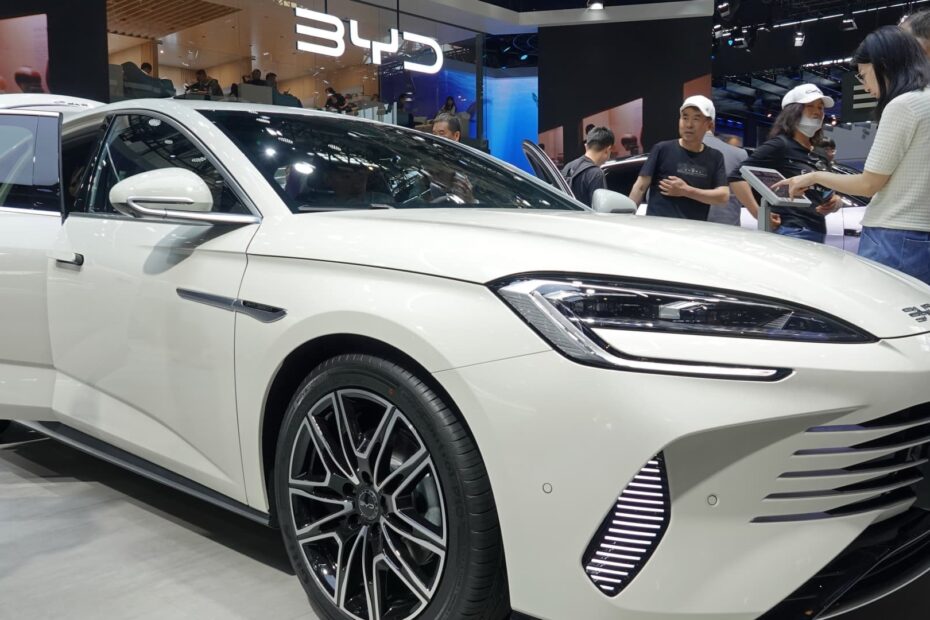Recently, Chinese electric vehicle (EV) stocks have been on the rise after the European Union decided to impose additional import tariffs of up to 38% on Chinese EVs. This move has caused a surge in Chinese EV stocks, as investors see this as an opportunity for Chinese companies to gain a competitive edge in the global market.
The European Union’s decision to impose these tariffs comes as a response to allegations of unfair trade practices by Chinese EV manufacturers. The EU claims that Chinese companies have been receiving government subsidies and other forms of support that give them an unfair advantage over European competitors. By imposing these tariffs, the EU hopes to level the playing field and protect its own EV industry.
While the tariffs are expected to have a negative impact on Chinese EV manufacturers in the short term, many investors see this as an opportunity for these companies to expand their market share in Europe. With the tariffs in place, Chinese EVs will become more expensive for European consumers, making it harder for them to compete with local manufacturers. This could lead to increased demand for European EVs, benefiting companies like Volkswagen, BMW, and Renault.
On the other hand, Chinese EV manufacturers like NIO, Xpeng, and BYD are well-positioned to take advantage of this situation. These companies have been rapidly expanding their presence in Europe and have been gaining market share in recent years. With the tariffs in place, Chinese EVs could become more attractive to European consumers, leading to increased sales for these companies.
Overall, the surge in Chinese EV stocks after the EU’s decision to impose additional import tariffs highlights the growing importance of the EV market and the fierce competition between Chinese and European manufacturers. While the tariffs may pose challenges for Chinese companies in the short term, they also present an opportunity for these companies to further establish themselves as major players in the global EV market. Investors will be closely watching how these companies navigate this new landscape and whether they can capitalize on the changing dynamics of the industry.
